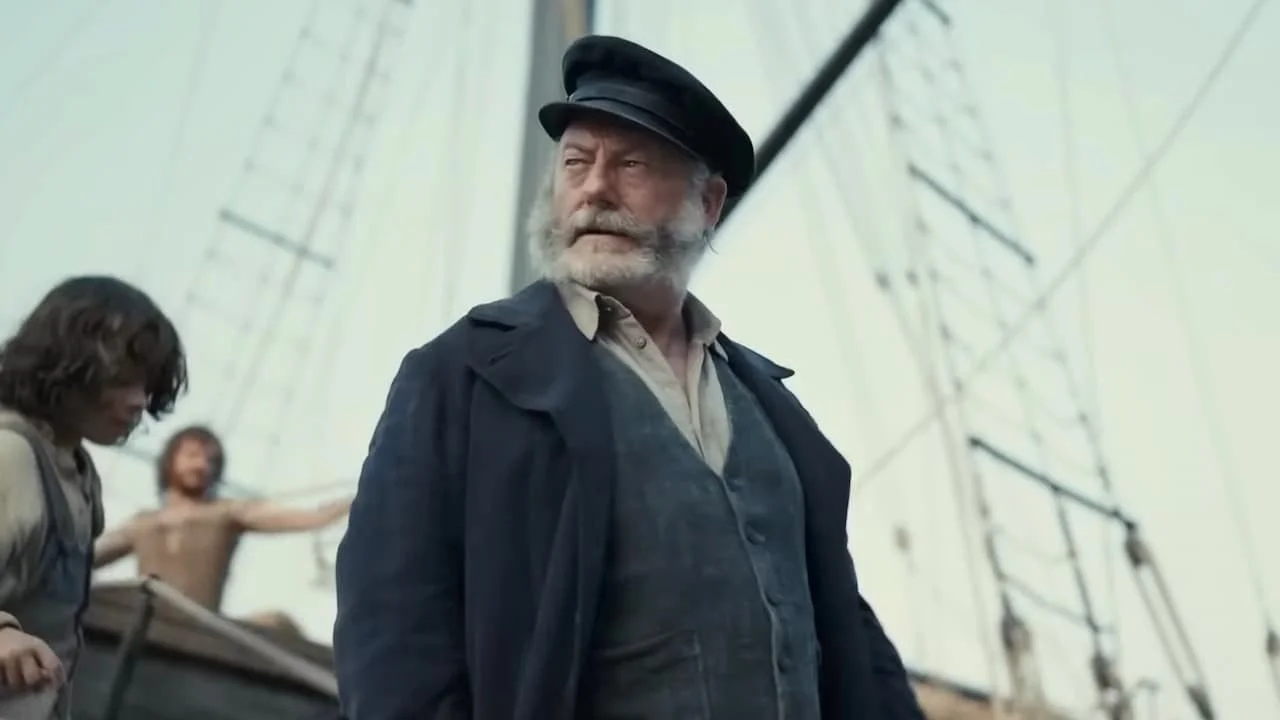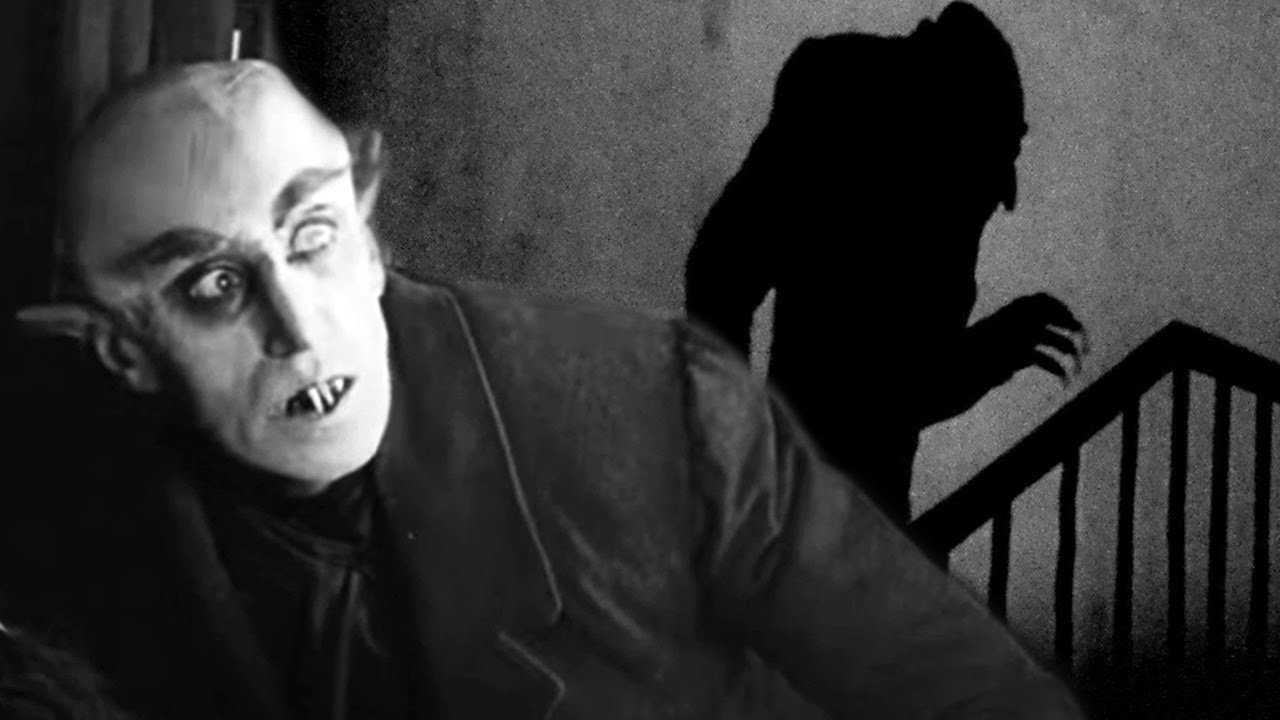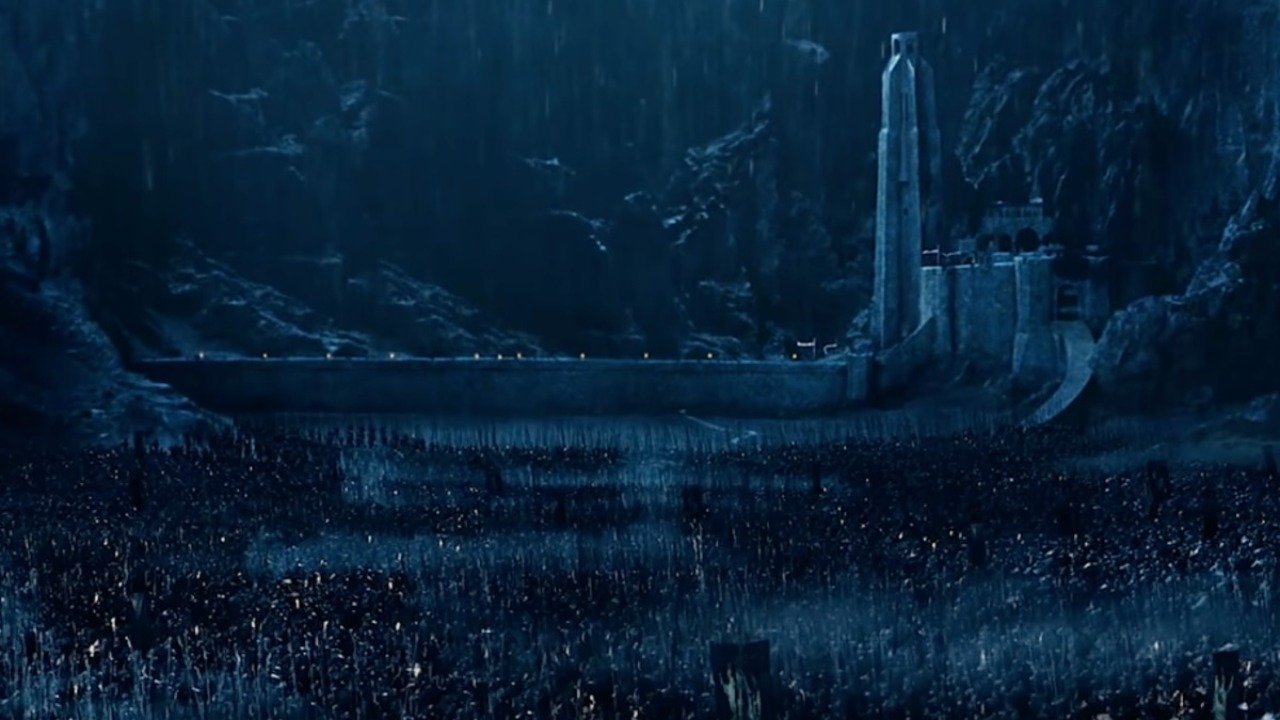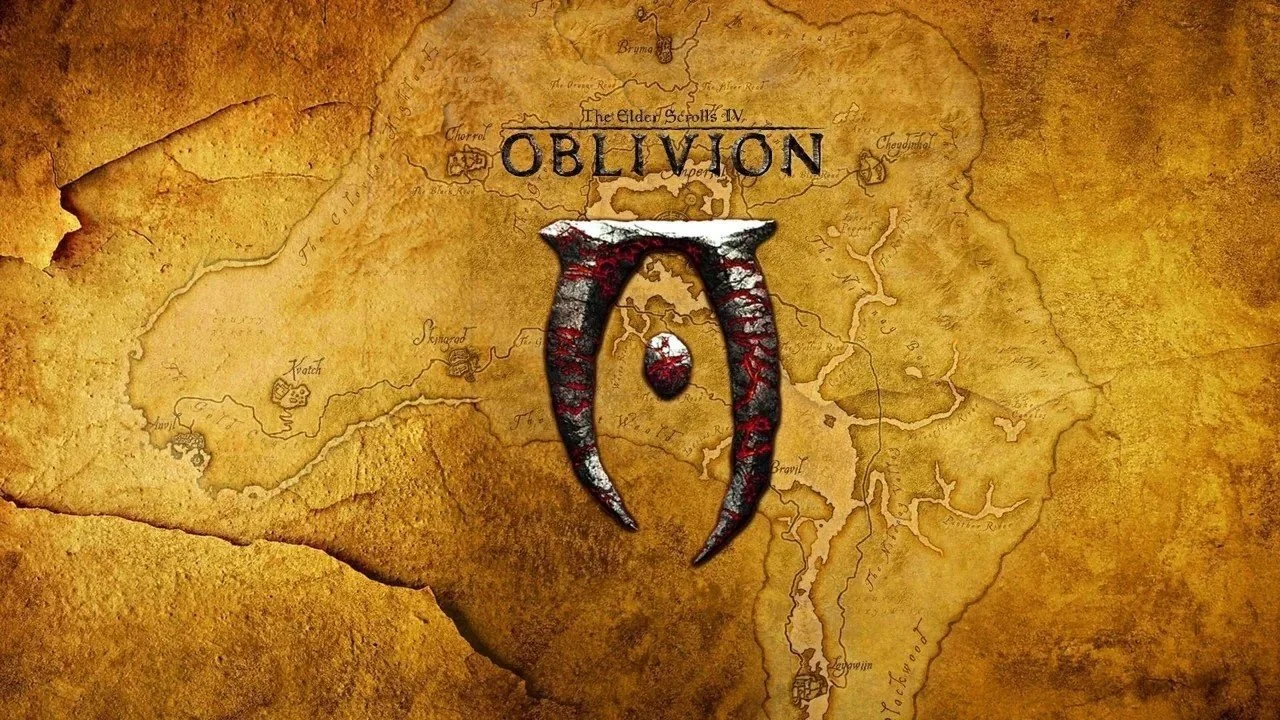Nosferatu & The Last Voyage of the Demeter: How cinema’s newest vampire film builds upon its oldest
Image Source: JoBlo
First, a correction: Nosferatu is not technically the oldest vampire film. Six films came before it, three of which are considered “lost,” and the existence of one of those is dubious to begin with. To the best of this author’s knowledge, Nosferatu is the oldest extant portrayal of the world’s most famous vampire, Dracula. So there’s that.
I was fortunate enough to be able to see Nosferatu for the first time last year at Ottawa’s Mayfair Theatre. It’s a wonder that I got to see it at all. When the estate of Dracula author Bram Stoker won their lawsuit against the filmmakers for breach of copyright, Stoker’s widow wanted all film copies destroyed. Fortunately, one survived, but I digress.
RELAETD:
1922’s Nosferatu is an iconic piece of cinema. It is a well-made adaptation of the Dracula story, especially for when it was made. However, the time it was made also limited how much of the story could effectively be told on film. The part of Nosferatu that corresponds to “The Captain’s Log” is limited; it is mostly characterized by the famous shot of Count Orlok rising from his coffin. Following the short aftermath of that sequence, the ship arrives in the fictional town of Wisborg, and that’s the end of that part.
Image Source: NerdStash
The Last Voyage of the Demeter fits into this gap perfectly. This movie takes you through the whole story from beginning to end. It goes through the minutiae of the ship’s ultimately doomed journey, from the opening of the ship’s ultimate running aground in England to the superstition around the delivery of Dracula’s crates two weeks earlier to the climactic conflict. It’s a slow-burn sort of horror, lauded by Stephen King as reminding him of “the best of the Hammer movies from the 60s and 70s.” Personally, if for no other reason, I would have gone to see the movie on this recommendation alone.
Through its detailed narratives of the stories and fates of the crew, The Last Voyage of the Demeter fits in and perfectly complements the narrative of Nosferatu. There is a disconnect between the English and German settings, but that does not detract from the ship’s terrifying journey. The Last Voyage of the Demeter builds upon the same sense of horror as Count Orlok’s rise from his coffin. In Nosferatu, many secondary characters had to be filtered out; The Last Voyage of the Demeter can be said to restore that somewhat. Nosferatu is a solid story on its own, but taking it in next to The Last Voyage of the Demeter enhances the story even further, and vice-versa. For The Last Voyage of the Demeter, knowing that there is a beginning and an end beyond the core story, that the horror continues, enhances the ultimate sense of horrified futility. For Nosferatu, the newer movie deepens the sense of horror attached to the original story and gives the story a depth it never had before.
Image Source: Haemorrhage Music
These two films are separated by 101 years- a century’s differences in filmmaking abilities and techniques. Nevertheless, if viewed alongside one another, they can prop each other up and enhance the experience of viewing the other, ultimately enhancing the consumption of a timeless story.
READ NEXT:















